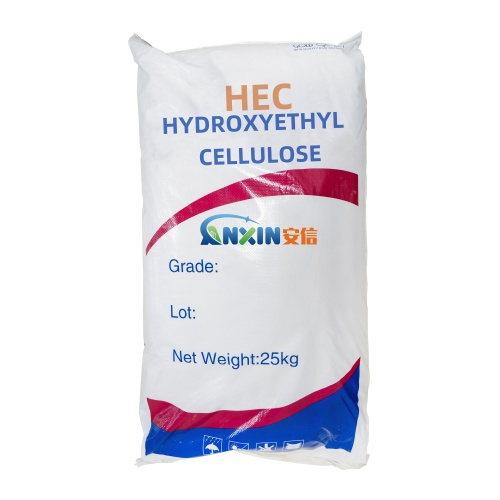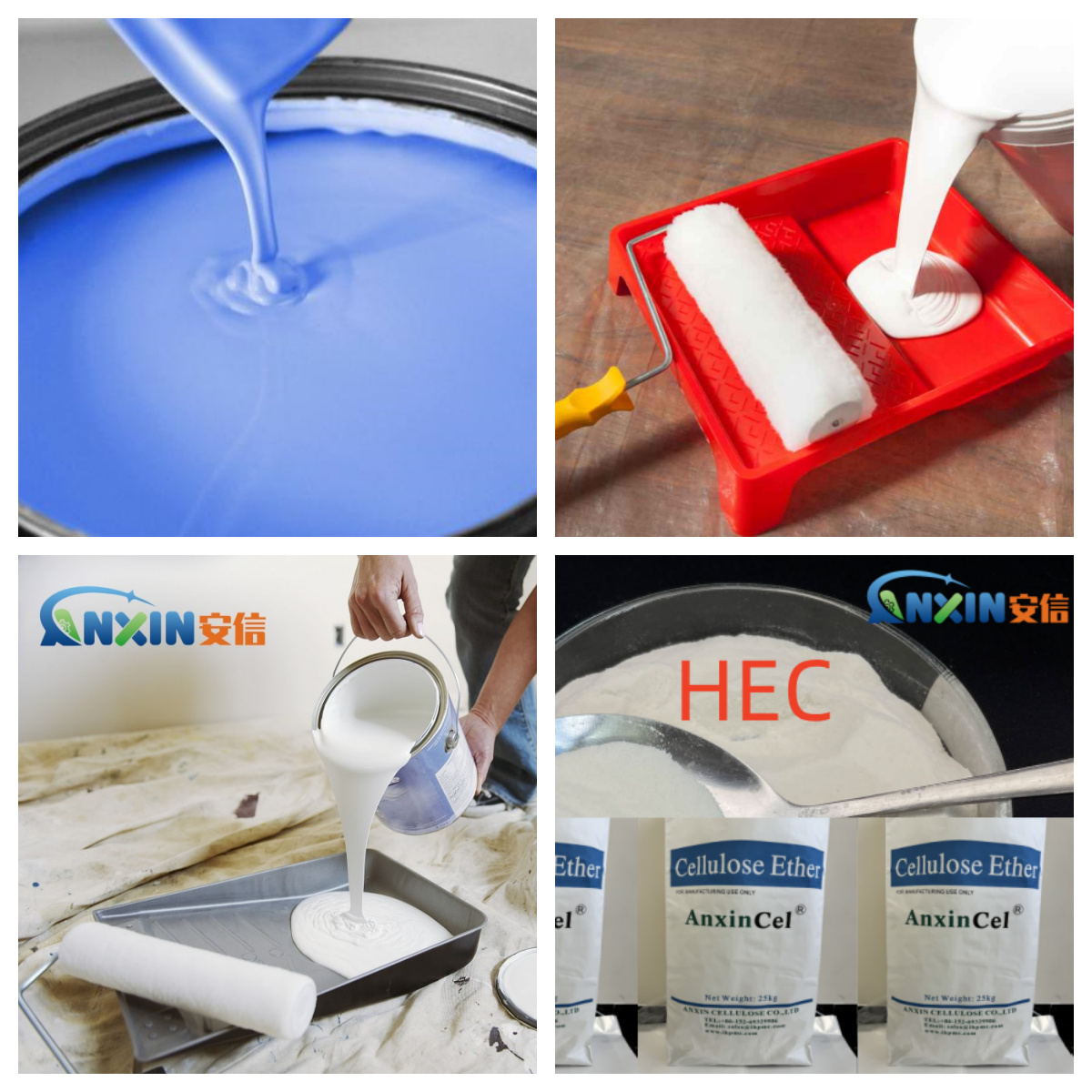Hydroxyethyl Cellulose (HEC) is a nonionic cellulose ether commonly used in water-based paint systems. As an important thickener, water-retaining agent and suspending agent, HEC plays an indispensable role in the production and application of latex paint. The viscosity characteristics of HEC directly affect the construction performance, coating performance and paint film quality of latex paint.

1. Basic functions of hydroxyethyl cellulose
HEC has the following functions in latex paint:
Thickening effect: By increasing the system viscosity of latex paint, the rheology of the paint is enhanced, making it easier to control during construction.
Anti-sagging: Increase the thixotropy of the paint to prevent the occurrence of sag and sagging.
Improving construction: Improve the smoothness of brushing, rolling or spraying.
Improving stability: Improve the suspension of pigments and fillers to prevent sedimentation and stratification.
Delaying drying: Helps improve the film formation, density and flatness of the paint film.
2. Classification of HEC with different viscosities
HEC is divided into three categories according to the viscosity of its aqueous solution at a specific concentration: low viscosity, medium viscosity and high viscosity. It is usually distinguished by the viscosity of a 2% aqueous solution (mPa·s):
Low viscosity HEC: 100-5,000 mPa·s
Medium viscosity HEC: 5,000-30,000 mPa·s
High viscosity HEC: 30,000-100,000 mPa·s or higher
3. Comparison of the application effects of HEC with different viscosities in latex paint
3.1. Application characteristics of low viscosity HEC
Advantages: good dispersibility, fast dissolution speed, and high system transparency.
Applicable scenarios: Suitable for construction environments that require low viscosity and good leveling, such as spray-type latex paint.
Limitations: Weak thickening ability, may sag during construction, and limited help in preventing precipitation.
3.2. Application characteristics of medium viscosity HEC
Advantages: Taking into account both thickening and fluidity, moderate thixotropy, and can meet the needs of various construction methods.
Applicable scenarios: Widely used in ordinary wall latex paint, suitable for brushing and rolling.
Performance: Can effectively control sagging, while ensuring that the paint film is flat and uniform.
3.3. Application characteristics of high viscosity HEC
Advantages: Excellent thickening ability, giving the paint good anti-sagging performance and suspension stability.
Applicable scenarios: Suitable for thick paint, exterior wall latex paint or occasions with high requirements for anti-sag.
Note: High viscosity HEC has a long dissolution time and is easy to form lumps. Attention should be paid to pre-dispersion and dispersion speed control; at the same time, high viscosity will slightly affect the construction leveling.

4. Selection recommendations and formula optimization
In the design of latex paint formula, the viscosity selection of HEC should take into account the following factors:
Construction method: Spraying gives priority to low viscosity products, and brushing and rolling can use medium and high viscosity.
Paint type: Medium viscosity can be used for interior wall paint; high viscosity should be selected for exterior wall paint and thick paint.
Storage stability: High viscosity HEC is more effective in preventing settling and delamination.
Climate environment: In dry environment, high viscosity HEC can provide better water retention.
Performance balance can sometimes be achieved by combining HECs of different viscosities. For example, a small proportion of low viscosity and a major proportion of medium viscosity products are added to a latex paint to improve construction and thixotropy.
The application effects of hydroxyethyl cellulose of different viscosities in latex paint have different focuses. Appropriate selection and scientific formulation can not only improve the performance of the paint, but also optimize the user experience and product cost performance. Paint manufacturers should combine specific application scenarios with market demand and make reasonable selections to maximize the effectiveness of HEC.
Post time: Jun-16-2025